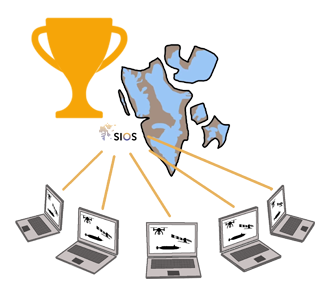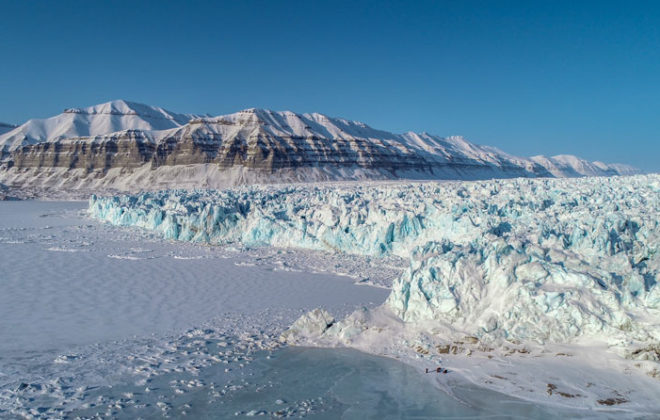Webinar on FAIR drone data
This week, I had the pleasure of giving a webinar on how to publish FAIR drone-based datasets in Svalbard, organized by SIOS and now available on YouTube. The webinar focused on transforming drone-derived data—such as digital elevation models (DEMs) or orthomosaic photos—into netCDF formats and…
A new perspective on reindeer counting in Svalbard
This summer a group of scientists from the University Centre in Svalbard and the Norwegian Polar Institute pioneered a new method to count reindeer in Svalbard using drone technology. Their goal was to count reindeer in Sassendalen using aerial imagery that was obtained from an…
SIOS Early Career Researcher Award
Last week, I participated in the SIOS Online Conference 2021 with an abstract titled “Scientific Applications of Unmanned Vehicles in Svalbard”. My presentation was based on the SESS Report chapter that I wrote for SIOS last year. Today, I was notified that I received the…
How much energy is required to prevent ice on UAVs?
In-flight icing of UAVs is a severe hazard that prevents drone operations in bad weather conditions. In order to overcome this limitation, UAVs can be equipped with ice protection systems that mitigate the negative effects of icing. One solution is to heat the exposed surfaces…
Exploring the Hazards of Drone Icing
Icing of drones is a severe hazard that significantly limits the usage of autonomous unmanned aerial vehicles. Researchers conducted experiments in an icing wind tunnel to learn more about icing to test an icing protection system. This spring, researchers from the Norwegian University of Science…
Drones Help Reveal the Secrets of Glacier Crevasses
Many of the glaciers on Svalbard are heavily crevassed. A multidisciplinary research group is now using drones to create high-resolution maps of glacier surfaces to study how crevasses influence the rate of heat exchange with the atmosphere. A glacier is a large mass of snow…





